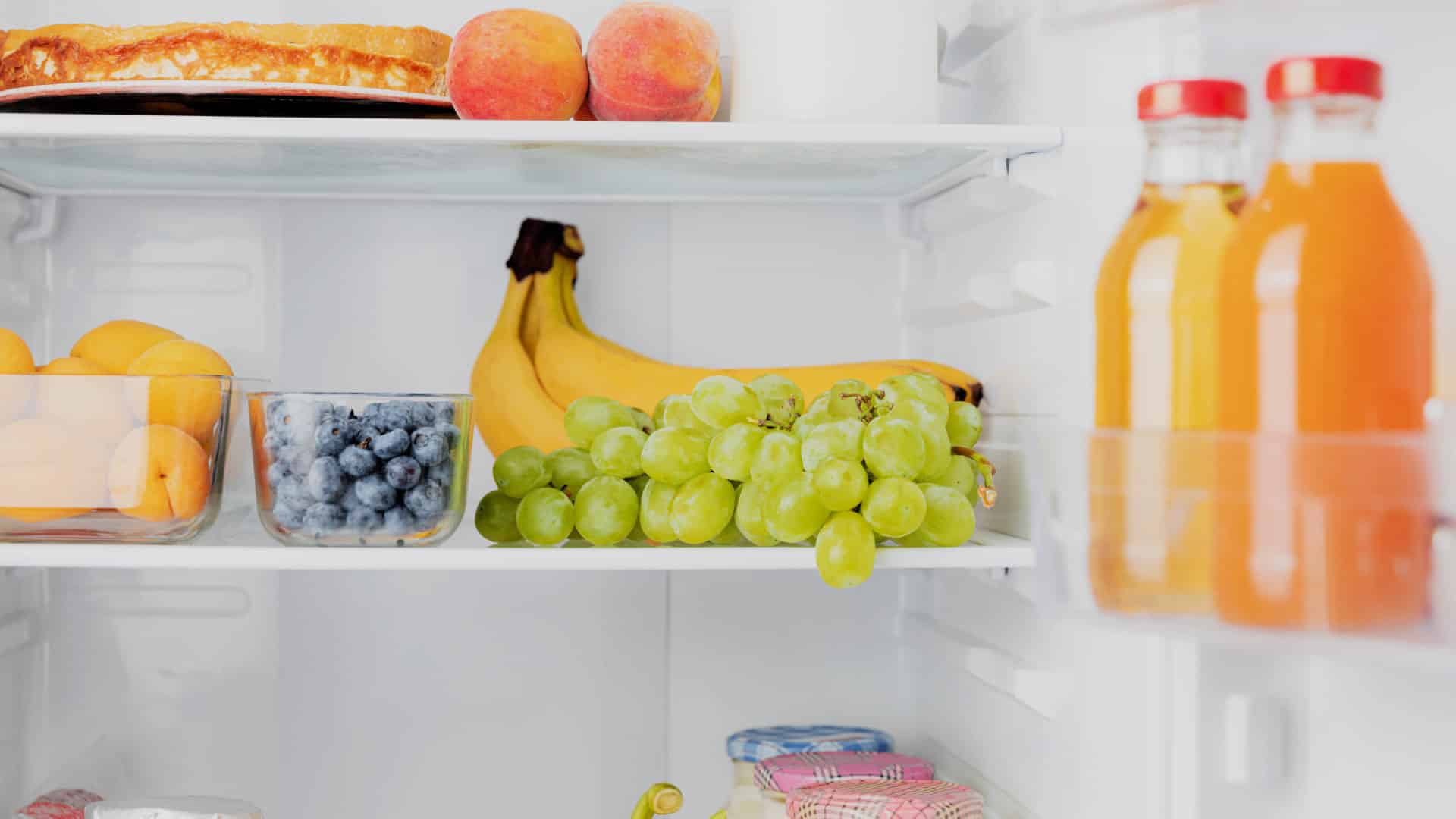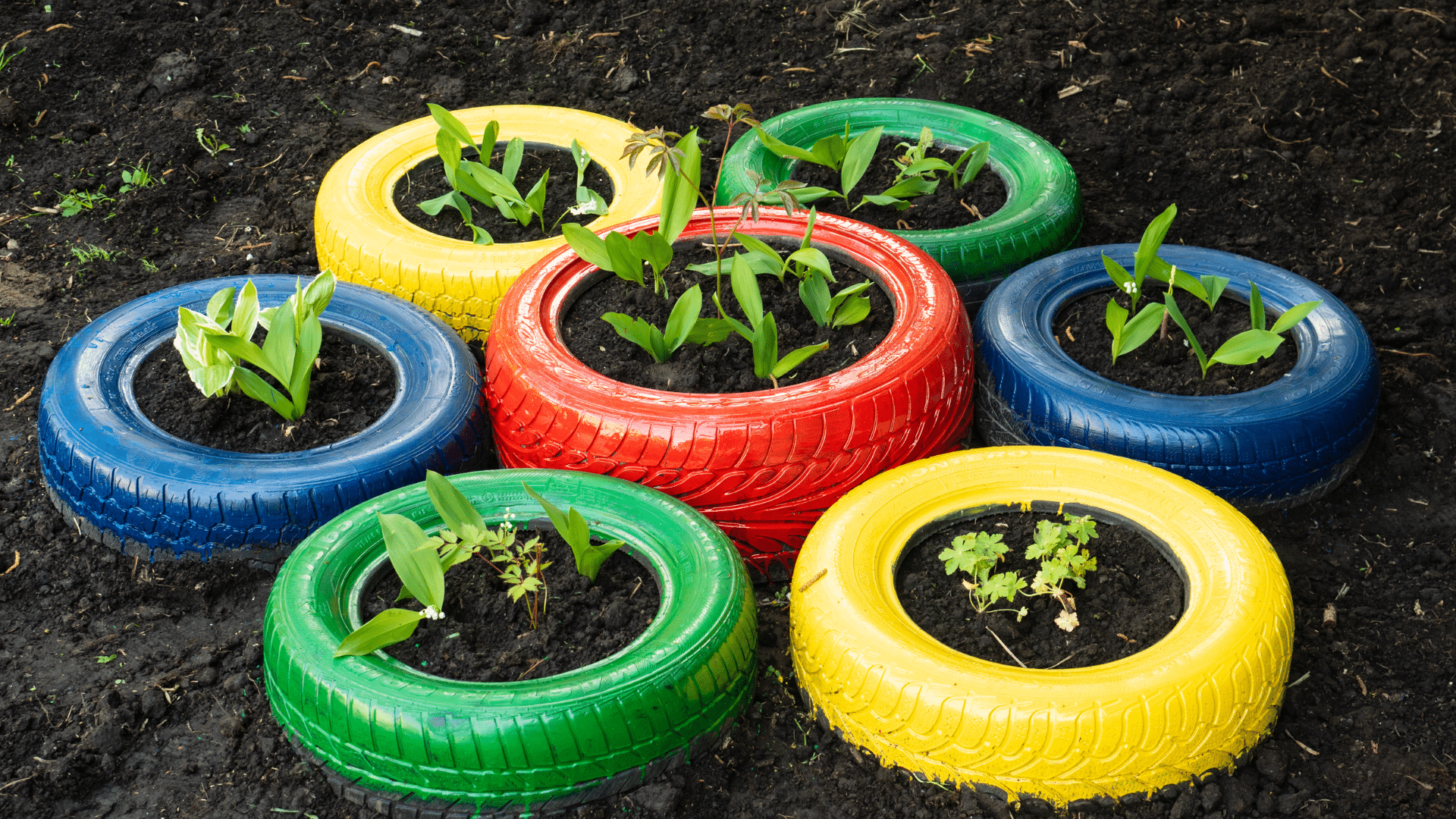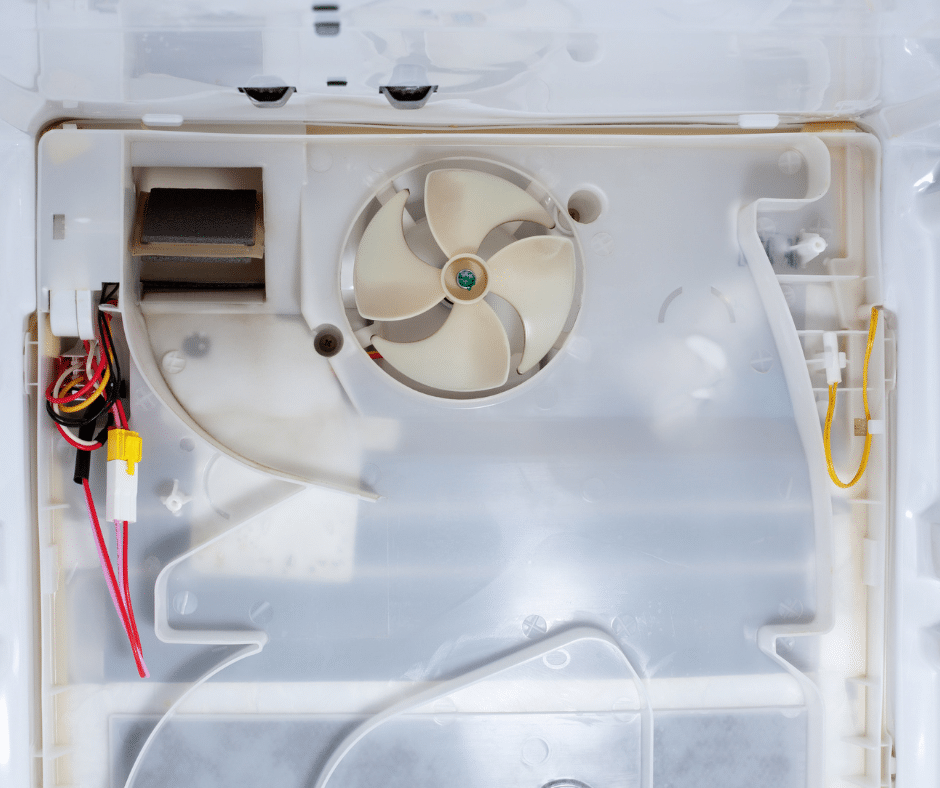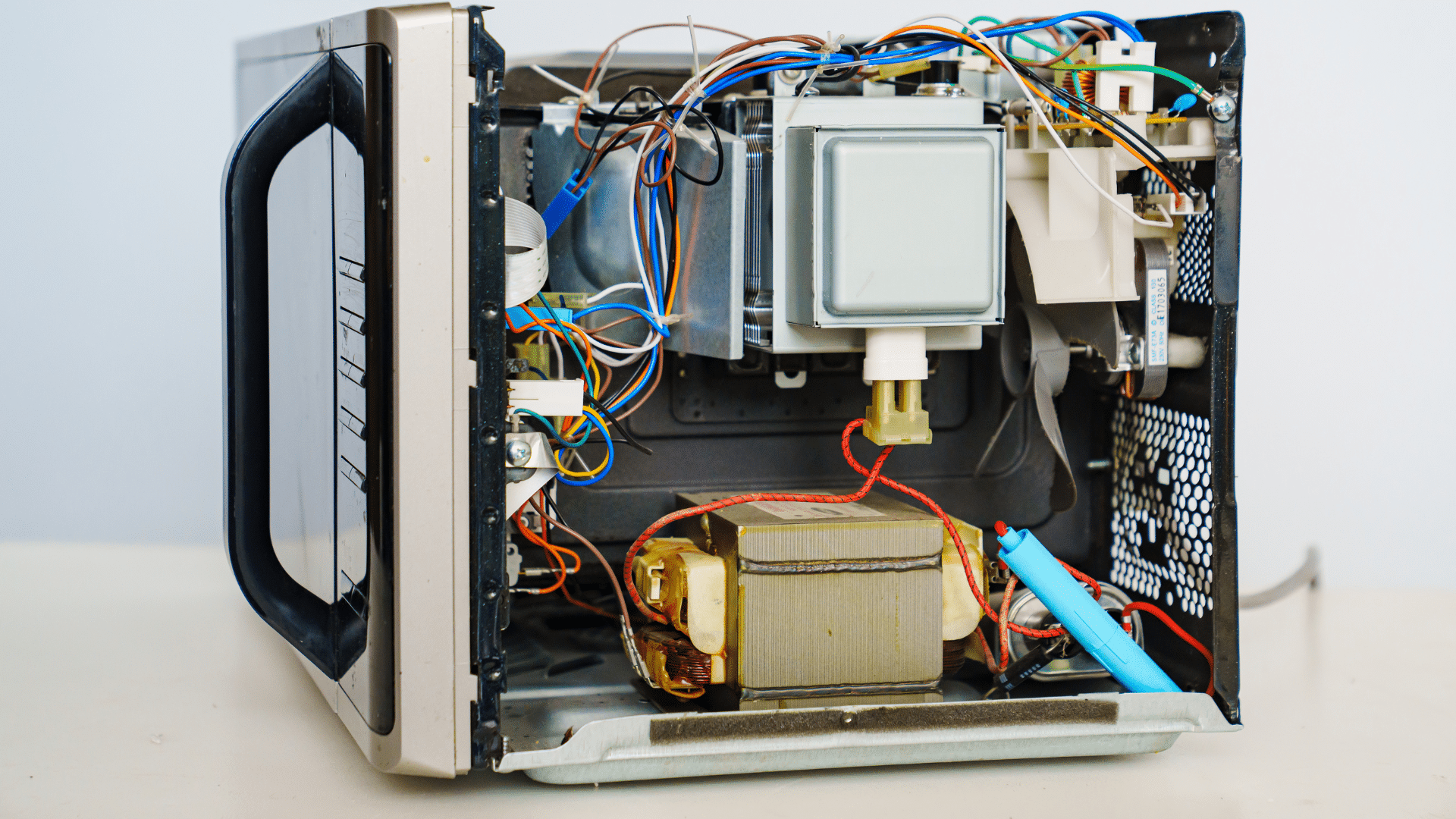
It can be confusing to know how long you can keep certain items in your refrigerator; some things keep for just a few days, while others seem to keep almost indefinitely! Our guide gives you clear estimates of how long most types of food can be kept in the refrigerator as well as tips for how to store your food to make it last as long as possible.
How long do different types of food keep?
First things first, you need to ensure that your refrigerator is at the correct temperature, or else none of these time frames will apply. Your refrigerator needs to be at 40°F or lower in order to meet USDA recommendations.
Meats
The length of time you can store raw meat depends on the cut and whether it’s cured. If the meat package states the use-by date on it, then go by that. Otherwise, here’s a list of the refrigerator storage times for various types of raw meat:
- Bacon, cold cuts and hot dogs: two weeks, unopened
- Chicken: one to two days
- Fish filets: two days
- Ground meat: one to two days
- Pork, chops and roasts: three to five days
- Shrimp: two days
- Shellfish (in shells): two days
- Shellfish (without shells): one day
- Steak: three to five days
Eggs and dairy
Once again, if your eggs or dairy have a use-by date, go by that. Otherwise, you can consult this list.
- Eggs: three to five weeks
- Hard cheeses: four to six months, unopened
- Soft cheese: two weeks, unopened
- Butter: three months
- Cream cheese: two months, unopened
- Heavy cream: one month
- Milk: one week
- Ricotta and cottage cheese: one week
- Sour cream: three weeks
- Yogurt: two weeks
Vegetables and fruit
Vegetables and fruit can be tricky because it’s hard to know how fresh they are when you buy them. This list is a good general guide, but remember to trust your eyes and nose when determining how fresh your produce is.
- Apples: three weeks
- Blueberries: one week
- Broccoli and cauliflower: one week
- Chard, kale, spinach and all leafy herbs: three days
- Lemons and limes: three weeks
- Lettuce: five days
- Melon: five days
- Mushrooms: one week
- Strawberries and raspberries: three days
- Winter squash: one week
Condiments and sauces
Once your condiments are opened, they need to be kept in the fridge. The storage times for these items vary widely. Below is a list of some of the more common condiments:
- Ketchup: six months
- Maple syrup: one year
- Mayonnaise: two months
- Mustard: one month
- Salsa: one month
- Soy sauce: one year
Bread and baked goods
Bread and most other baked goods don’t need to be kept in the refrigerator, but doing so can significantly improve their shelf life, especially when the weather is warmer. The length of time you can store bread or baked goods varies widely based on product, but a good general rule is that storing bread or baked goods in the fridge will extend their life by three to five days. As always, use your own judgment to determine whether the items are still good after this time.
Leftovers
According to the USFDA, leftovers are safe for three to four days after cooking. Once again, it’s up to you to use your common sense when deciding if your leftovers are still safe after this time. If something smells or looks funky, throw it out.
How to store your food to make it last longer
You can do a few simple things to ensure that your food stays fresh and in the best possible condition for the longest time. Here are some easy things to try:
Keep it airtight
Keeping your food in an airtight container is the number one way to prolong freshness. Some food packaging comes with an airtight seal, but others need to be cut or peeled open. In the cases where the packaging isn’t resealable, it’s essential that you make sure the product is stored in an airtight container, as even a small opening in a packet of something like cheese can compromise quality and freshness.
You have a couple of ways to make things airtight. One is placing the food item in a plastic or glass airtight container, and another is wrapping the item in plastic wrap. Wrapping with plastic wrap is good in a pinch, but it’s hard to get an airtight seal with plastic wrap. It’s better to place an opened packet into an airtight container. If you don’t have any such containers, a resealable plastic bag will do the trick.
Helpful tip: When storing your food in an airtight container, make sure you choose a seethrough one, or label the container clearly with the item inside. You don’t want to have to spend ages looking into each container every time you want a piece of cheese!
Be careful what you store together
This mostly applies to fruit and vegetables because some fruit and vegetables produce a gas called ethylene, which can cause certain foods to spoil faster. Keep ethylene-sensitive vegetables separate from ethylene-producing vegetables.
- Among the fruits and vegetables that produce ethylene are apples, avocados, bananas, peaches, pears, peppers, and tomatoes.
- Ethylene-sensitive vegetables include asparagus, broccoli, cucumber, eggplant, lettuce, peppers, squashes, and zucchini.
Crisper drawers are an easy way to separate vegetables from produce that emits ethylene, but airtight containers can also be used.
Allow space for refrigerator airflow
When organizing your refrigerator, make sure you’re not packing things in too tightly and that you leave space for air to circulate between food items. Refrigerators work by circulating cool air, and if you don’t leave space for the cold air to circulate, then your foods may remain at a higher than optimal temperature.

Elevate Your Kitchen: A Guide to Choosing Aesthetically Pleasing Appliances

Reviving Old Appliances: Upcycling for a Sustainable Future

To Repair or Replace? Making the Right Decision for Your Appliances

5 Best Breakfast Spots in Reno 2024

Understanding the Inner Workings of a Refrigerator: A Cooling Marvel

Unveiling the Most Commonly Reported Issues with Household Appliances

Unveiling the Mystery: Why Water Might Taste Weird Coming Out of Your Fridge Water Dispenser

Revolutionizing Appliance Repairs: The Impact of Technological Advancements

Appliance Recalls: Safeguarding Your Home with Essential Know-How


